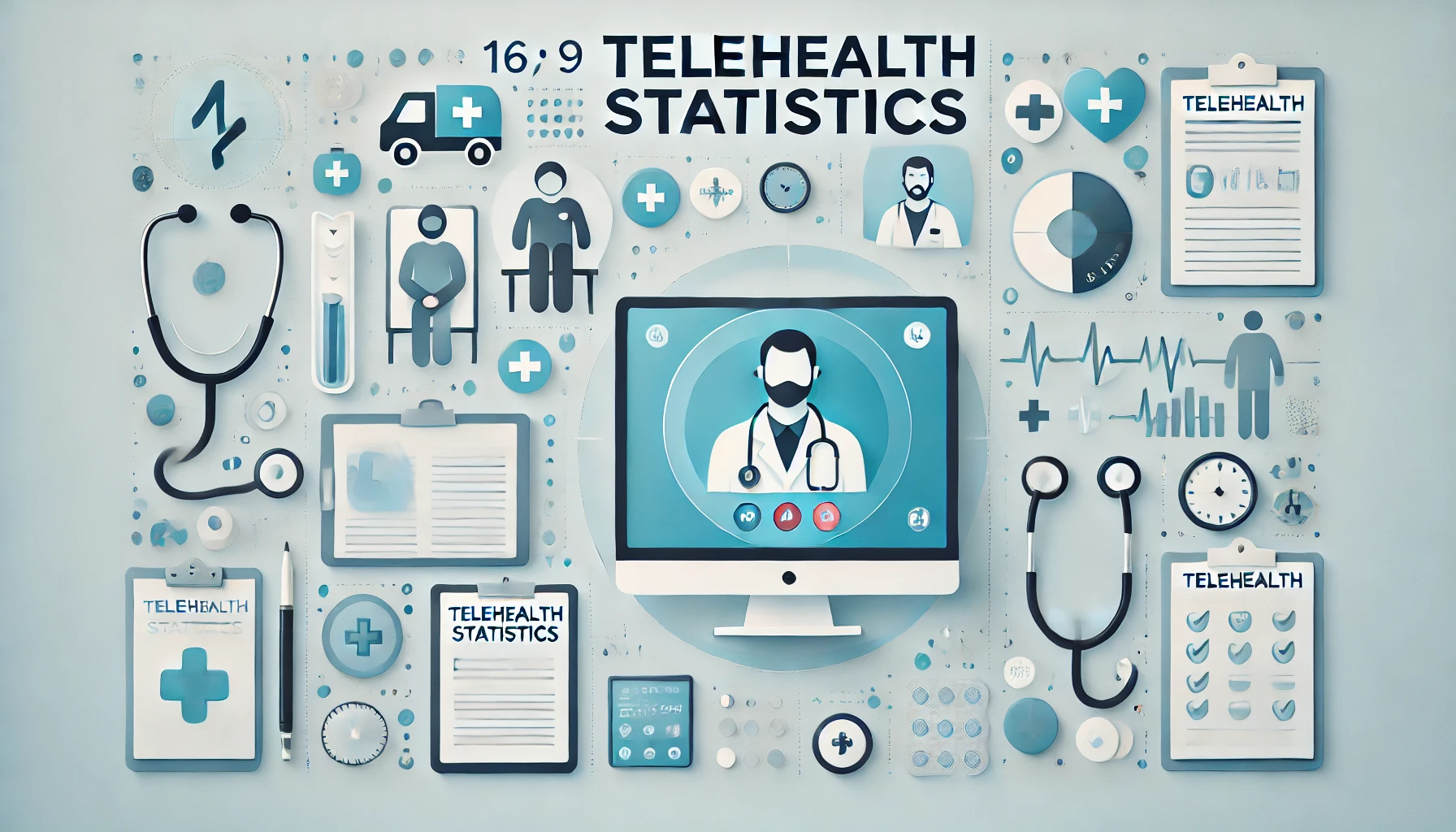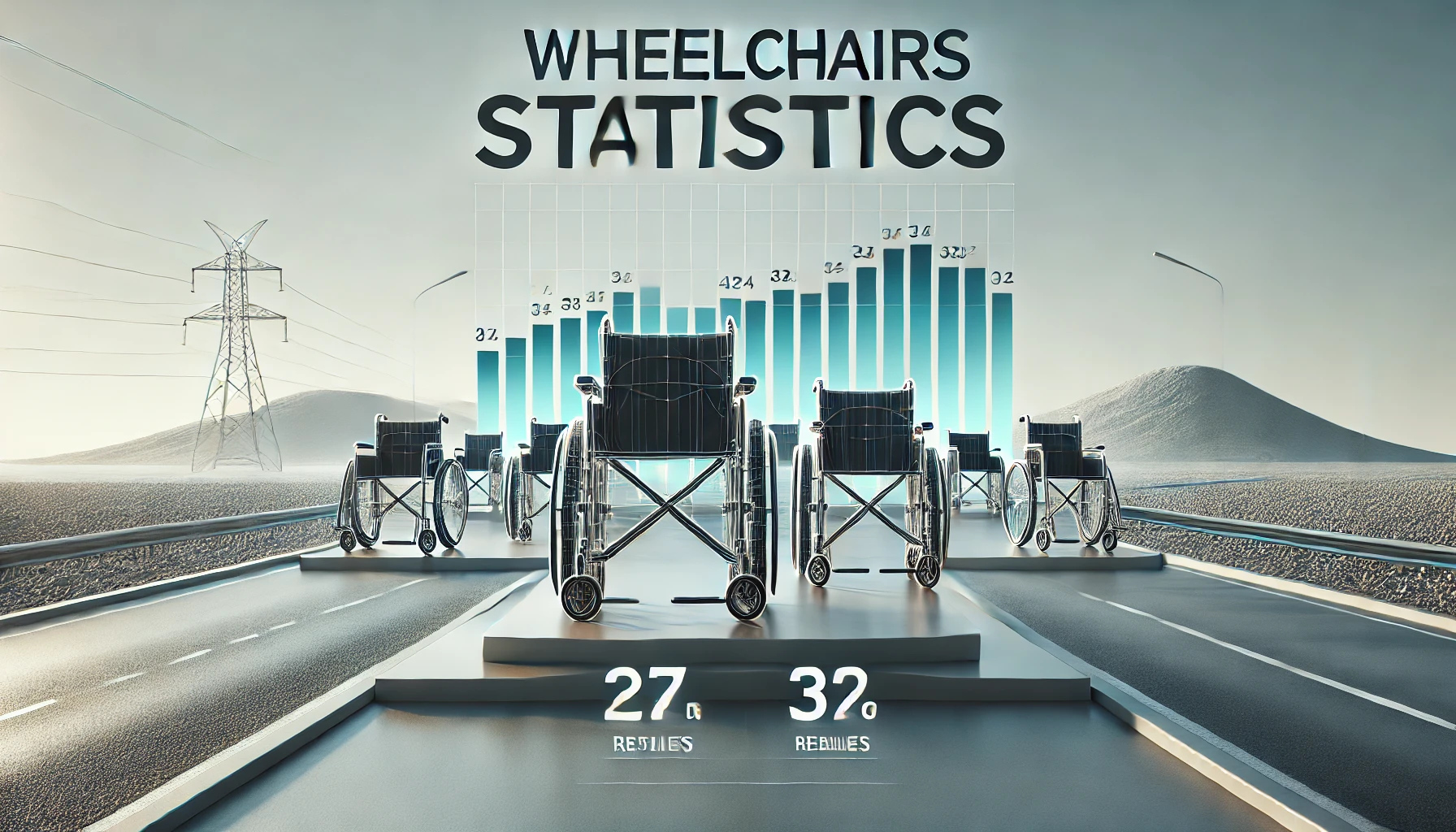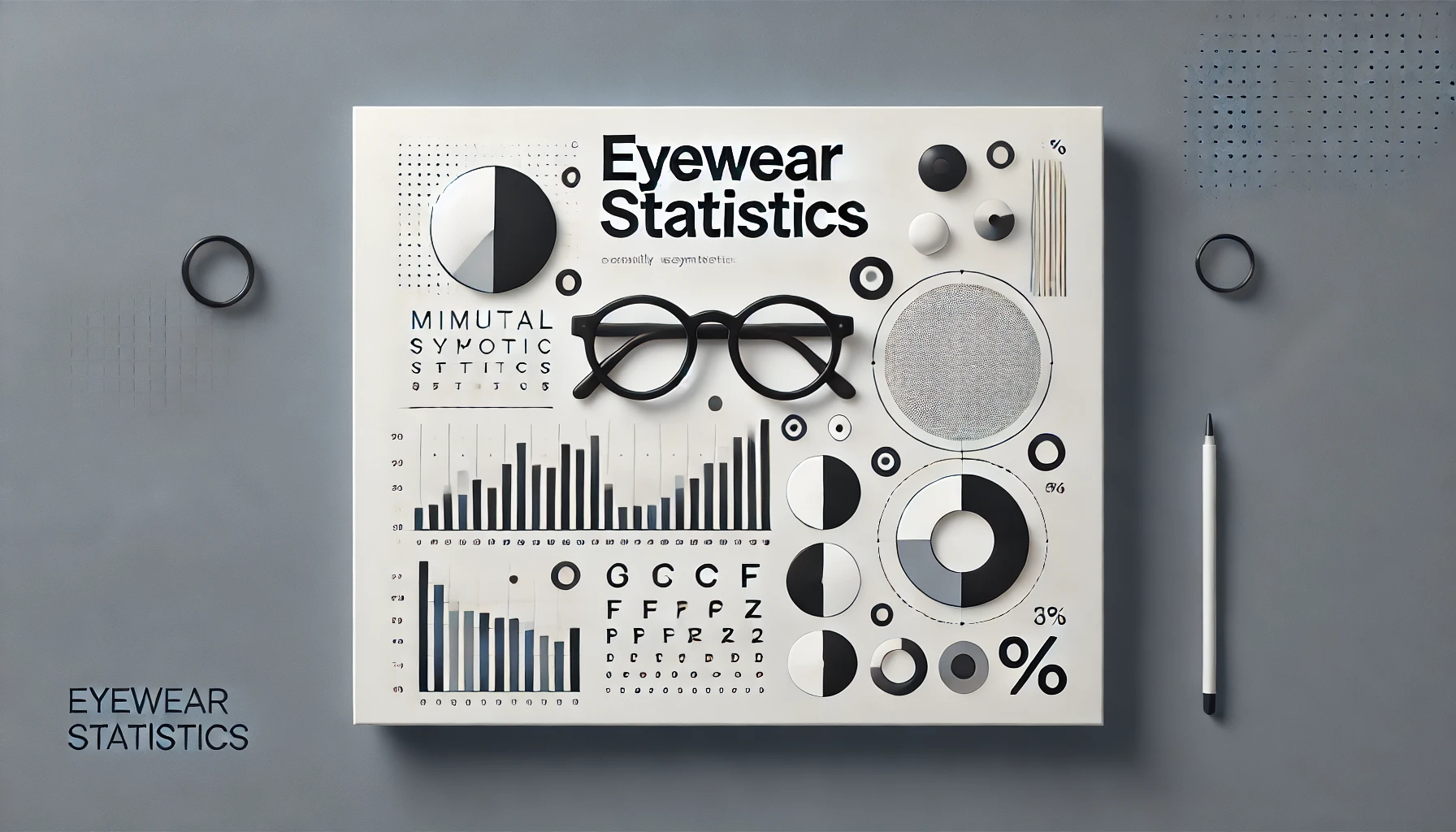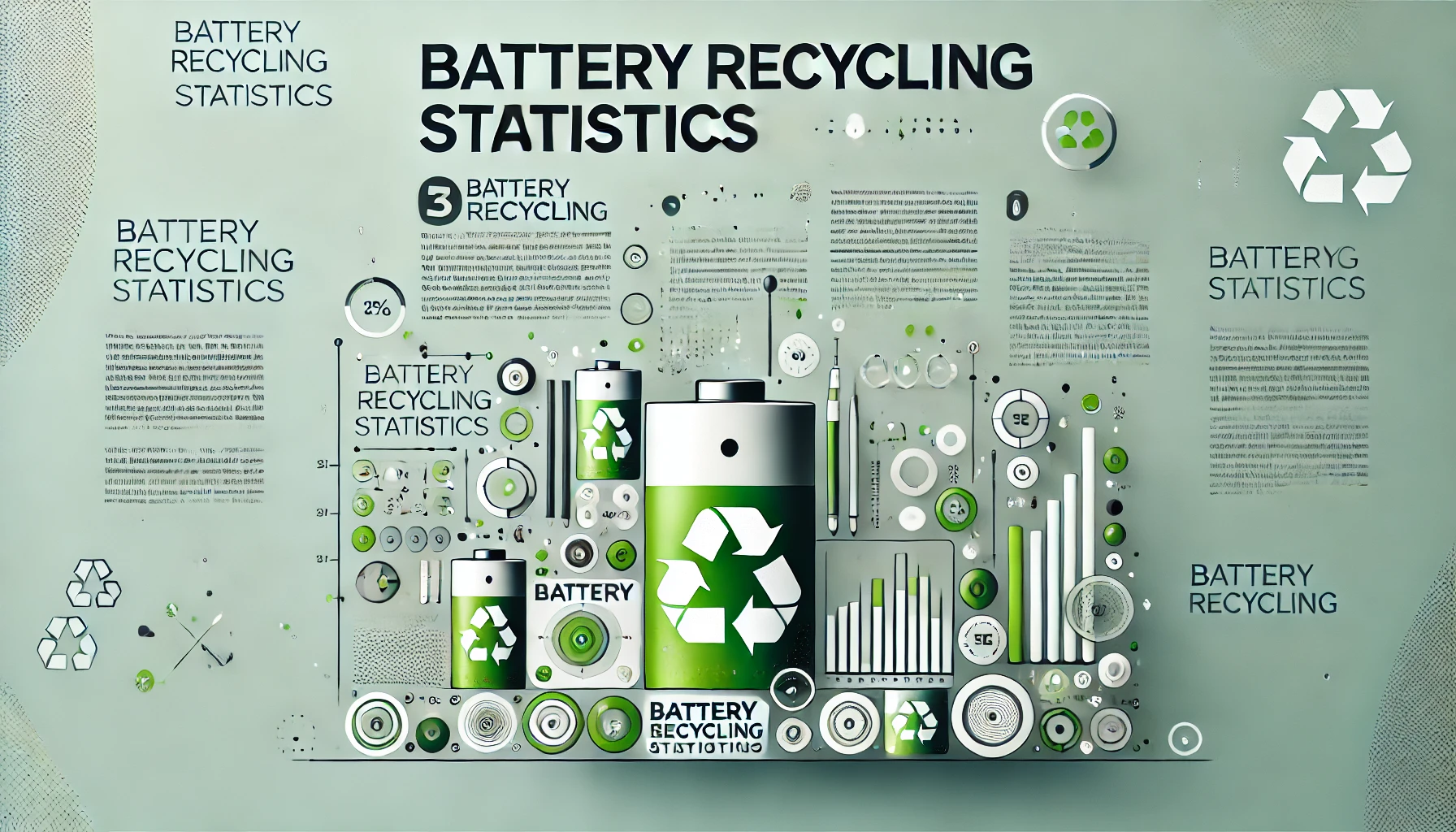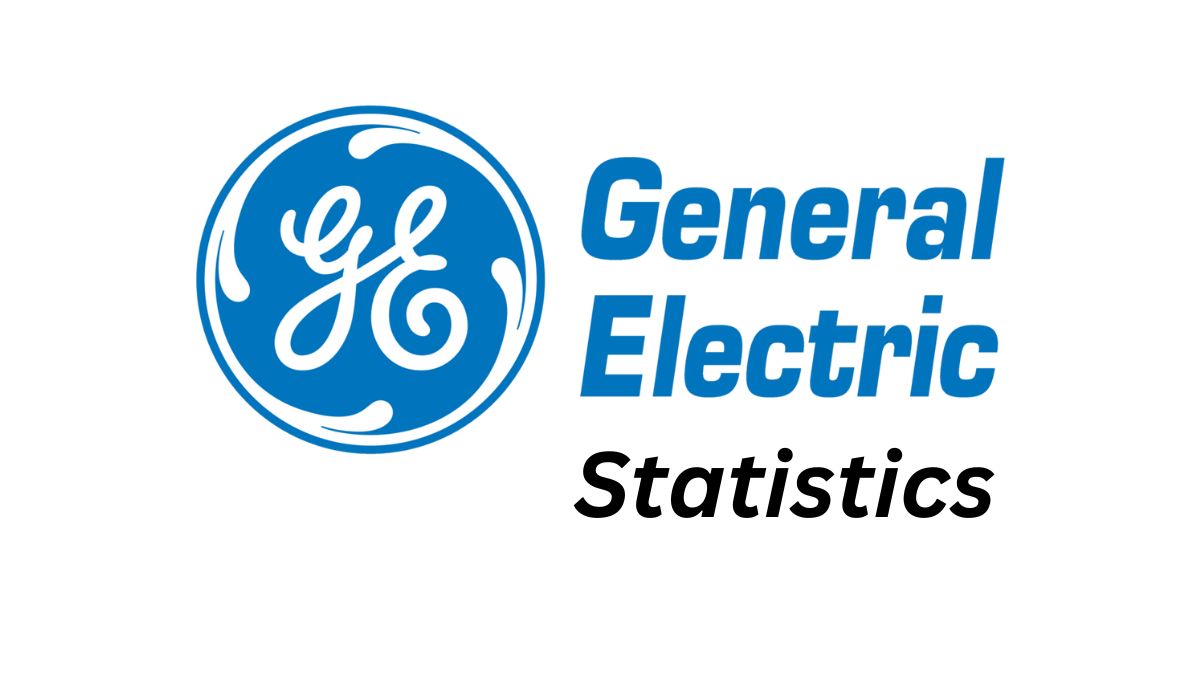Nuclear Energy Statistics By Utilization, Nuclear Power and Nuclear Waste
Updated · Jul 02, 2025

Table of Contents
Introduction
Nuclear Energy Statistics: As the world strives to shift its energy paradigm away from fossil fuels to lower-carbon energy sources, There is a wide range of renewable energy sources and technologies, such as hydropower, wind power, solar power, and nuclear power. Renewable and nuclear energy technologies generally produce the least amount of carbon dioxide per quantity of electricity produced.
Nuclear energy is far superior to fossil fuels when it comes to reducing pollution in the local area. Although certain countries are investing heavily in the development of their nuclear energy sources, others have taken their nuclear plants off the grid. The role nuclei play in the energy system, therefore, is more specific to particular nations. Let’s look into Nuclear Energy Statistics.
Editor’s Choice
- The minimum construction time of new nuclear reactors is almost 8.8 years, from the spouting of the first concrete to the grid connection.
- There are 54 new nuclear power reactors under process globally as of 2021.
- The biggest nuclear power station in Japan is the Kashiwazaki-Kariwa plant, which has a capacity of 8,212 MWe.
- In 2022, China had 52 operable nuclear power units and 18 under process.
- The lifetime of the nuclear power reactor is usually 40-60 years, with a probability of extensions of almost 80 years.
- Almost 16% of the electricity in Canada is generated by nuclear power.
- South Korea produces almost 27% of its electricity from nuclear energy.
- The new nuclear capacity is estimated to increase to 500 GW, with almost 325 GW generated from the current nuclear plants in 2050.
- The very first nuclear power plant was invented and was operable in 1954 in Obninsk, Russia.
- Nuclear reactors can generate hydrogen fuel, which is used in the space industry and other industries that need high-purity hydrogen.
- The efficient nuclear power plant is almost 93%, making it the most reliable energy resource in the United States.
- In 2020, the worldwide operating capacity of the nuclear power plants was 392 gigawatts.
- In 2022, nuclear energy provided almost 47% of America’s carbon-free electricity, making it the biggest domestic source of clean energy.
- The nuclear power plants avoided a projection of 64 gigatonnes of carbon dioxide emissions between emissions between 1972 and 2018.
- Nuclear power plants that operate at full capacity for more than 92% of the time in 2022 will be America’s most reliable energy source.
- Nearly 439.3 TWh of nuclear electricity was generated in the European Union, which accounts for 26% of the total electricity produced.
- France develops almost 70% of its electricity from nuclear power.
- Almost 20% of the current electricity is generated through nuclear energy in the United States.
- There are almost 444 commercial electricity generated by nuclear power plants in the United States.
- As per nuclear energy statistics, nuclear energy provides almost 10% of the world’s.
- In 2022, the nuclear power plants created 772 billion kilowatt hours of electricity.
- Nuclear power plants are designed to run 24 hours a day, seven days a week, because they need less maintenance and can operate for long stretches before refueling.
- There are presently 93 commercial reactors helping to power homes and businesses in 28 states in the United States.
- When it was introduced into commercial service in 2023, Plant Vogtle Unit 3 in Waynesboro, GA, became the country’s new reactor.
- Nuclear fuel is exceptionally dense.
Nuclear Power in the World Today
- Currently, Canada has almost 19 operable nuclear reactors, with a combination of 13.6 GWe.
- In 2022, nuclear power generated 13.6% of Canada’s electricity.
- In Ontario, almost 19 sites are currently being processed.
- Mexico has almost two operable nuclear reactors, each with a combined net capacity of 1.6 GWe. Nuclear generation in Mexico was 4.5% in 2022.
- The USA has almost 94 in-process nuclear reactors with a combined net capacity of 97.0 GWe. Nuclear generation in the USA was 18.2% in 2022.
- In 2022, Argentina had three nuclear reactors currently active, and almost 5.4% of its electricity was generated by nuclear power.
- Brazil currently has two nuclear reactors with a combined net capacity of 1.9 GWE.
- Currently, Belgium has 5 operable nuclear reactors with a combined net capacity of 5.9 GWe. In 2022, the electricity generated through nuclear reactors was almost 46.4%.
- In Finland, five nuclear reactors are currently operable, with a combined net capacity of 4.4 GWe. The fifth reactor is almost 1600 Mwe(net) EPR, which was connected to the grid in March 2022.
- France has almost 56 in-process nuclear reactors with a net combination capacity of 61.4 GWe. In 2022, nuclear power generated 62.5% of the country’s electricity.
- By 2025, the aim is to reduce the share of electricity generation to 50%.
- In the Netherlands, a single operable nuclear reactor is in process, with a net capacity of 0.5 GWe, and in 2022, the country’s electricity that is generated was 3.3%.
- Spain has seven in-process nuclear reactors that are combined to a net capacity of 7.1 GWe.
- In Sweden, almost six nuclear reactors are in process with a combined net capacity of 6.9 GWe.
- Switzerland currently has four nuclear reactors in action, with a combined net capacity of 3.0 GWe.
- The United Kingdom had almost nine in-process nuclear reactors that were combined with a net capacity of 5.9 GWe.
- Armenia has only one nuclear power reactor that is operable with a net capacity of 0.4 GWe.
- In Belarus, there are almost 2 in-process nuclear reactors with a combined net capacity of 2.2 GWe. However, all the rest of the nation’s electricity is generated from this natural gas.
- Bulgaria has only two in-process nuclear reactors with a combined net capacity of 2.0 GWe.
- The Czech Republic currently has six in-process nuclear reactors with a combined net capacity of 3.9 GWe.
- In Hungary, just four nuclear reactors are operating with a combined net capacity of 1.9 GWe.
- Romania has two in-process nuclear reactors with a combined net capacity of 1.3 GWe.
- Russia has almost 36 operating nuclear reactors that have a combined net capacity of 26.8 GWe.
- Slovakia has four in-process nuclear reactors with a combined net capacity of 1.8 GWe.
- In Slovenia, they have a single-operating nuclear reactor with a net capacity of 0.7 GWe.
- Ukraine has almost 15 operating nuclear reactors with a combined net capacity of 13.1 GWe.
- Turkey has constructed its first operating nuclear power plant, which will be operable in 2024.
- In Bangladesh, they have initiated the construction of their very first of two planned Russian VVER-1200 reactors.
- China has almost 55 in-process nuclear reactors that have a combined net capacity of 53.3 GWe.
- India has about 23 in-process nuclear reactors that combine a net capacity of 7.4 GWe.
- Japan has almost 33 in-process nuclear reactors with a combined net capacity of 31.7 GWe. Currently, in 2023, 11 reactors have been brought back online, with a future 16 operable after the Fukushima accident in 2011.
- South Korea has almost 26 operating nuclear reactors with a combined net capacity of 25.8 GWe.
- Pakistan has six in-process nuclear reactors with a combined net capacity of 3.3 GWe.
- Egypt initiated construction in July 2022 with the first of four Russian-designed VVER units to be built at the El Dabaa site on the Mediterranean coast.
- In South Africa, there are two operable nuclear reactors with a combined net capacity of 1.9 GWe.
- Iran has one operating nuclear reactor with a net capacity of 0.9 GWe. The next Russian-designed VVER-1000 unit is under construction.
- In the United Arab Emirates, there are three operating nuclear reactors with a capacity of 6.8 GWe.
Nuclear Waste
- Yearly, the United States gathers almost 2,000 Mt of spent fuel.
- The fission products and the transuranic that soak neutrons accumulate and need a third of the fuel that is to be replaced every 12 to 18 months.
- The Spent Fuel is almost non-fissile U-238 95%, fission products 3%, fissile U-235 1%, and plutonium 1%.
- The Spent fuel is stored in a storage pool of round-cooled water to soak heat and block the high radio activities of the fission products.
- Though not the United States, other nations reprocess used nuclear fuel. This process helps reduce waste and excretes 25% to 30% more energy.
- In ten years of using the surface of spent fuel, it releases 10,000 rem/hr of radiation.
- The United States has no permanent storage site for nuclear energy.
- The Nuclear Waste Policy Act required the United States federal government to start controlling spent nuclear fuel in 1998.
Nuclear Power Statistics
- A regular nuclear power plant generates almost $40 million in labor income annually.
- The very first commercial nuclear power station, Calder Hall, opened in 1956 in the United Kingdom.
- On average, a nuclear power plant has a capability of 93%.
- In 1977, the United States’s consumption of uranium for energy generation reached a peak of 64,000 tons.
- In 2021, China has the most reactors under process in the world, with 18 reactors being built.
- Japan has the biggest nuclear reactor globally in terms of generating capacity, with a total output of 8212MW.
- The global nuclear power stations had a combined capacity of 399GW.
- The nuclear capacity is predicted to grow by 15% worldwide by 2024.
- 52.3% of the United States’s clean energy production came from nuclear power in 2020.
- Nearly 789.0 billion kWh of electricity was produced from nuclear power in the United States in 2020.
- The worldwide investment in nuclear power was almost $32 billion in 2020.
- The average lifespan of a nuclear power plant is 40 – 60 years.
- The electricity produced from nuclear energy globally was almost 2558 TWh.
- France has the biggest nuclear power plant in Europe and produces about 70% of its electricity from nuclear reactors.
- As per Nuclear energy statistics, Nuclear power produces zero air pollution or zero emission of harmful carbon dioxide.
- With almost 93 units of nuclear power plants, the United States has the maximum number of units globally.
- There are almost 442 operational nuclear reactors in 32 nations in March 2021.
- Virtually 10% of worldwide electricity is generated by nuclear energy.
Nuclear Energy Utilization and the Potential
- In the United States, nuclear energy is responsible for nearly 19% of electricity.
- In 2022 it was a nuclear power station with a capacity factor net of 92.6 percent.
- At present, 28 states have at least at least one nuclear power facility and 32 power plants contain at least two reactors in the United States.
- By 2023, more than 29 nuclear reactors were in operation, including one in the United States and 23 in China.
- In 2021, it was estimated that the United States produced almost every third of the world’s nuclear power.
- China, Russia, and France are the countries that generate the second-largest amounts of electricity through nuclear power.
(Source: css.umich.edu)
- The cost of energy that is levelized (LCOE) comprises the total cost of constructing and maintaining, as well as fuelling and running an energy plant.
- The projected LCOE of a nuclear power plant in the future is 7.72 C/kWh of biomass, 7.10 C/kWh for advanced nuclear power, and 4.27 C/kWh of combined-cycle natural gas.
- The predicted LCOE of a nuclear power plant that is planned to be constructed in the next few years is nearly twice as high forecast for wind, and nearly three times higher than solar.
- The final cost for United States nuclear plants has been nearly three times or twice more than what was originally predicted.
Advantages and Disadvantages of Nuclear Energy
Nuclear energy is a topic of debate because it has pros and cons. Let’s explore both sides:
Advantages of Nuclear Energy:
- Clean and green: Nuclear power is considered clean because it doesn’t produce pollution or greenhouse gases, making it a good option for fighting climate change.
- Reliable: Nuclear plants can operate for long periods without needing maintenance, making them dependable sources of electricity. They can generate power over 93% of the time, more than wind or solar energy.
- Safety: While there have been some accidents, nuclear power plants are generally safe. There have only been a few major accidents in many years of operation.
- Energy Security: Nuclear energy can reduce a country’s dependence on imported fossil fuels. This can make the energy supply more stable and secure.
Disadvantages of Nuclear Energy:
- Nuclear Waste: Producing nuclear energy creates radioactive waste that needs careful handling and storage. Finding safe ways to dispose of this waste is a challenge.
- Costly: Building nuclear power plants is expensive and takes a long time, which can make them less appealing compared to other energy sources.
- Public Concerns: Some people worry about the safety of nuclear power plants, especially after accidents like Chornobyl and Fukushima. This can lead to opposition to building new plants.
- Uranium Dependency: Nuclear power plants need uranium as fuel, which must be imported from other countries. This can create dependency on those countries for energy needs.
In conclusion, nuclear energy has its benefits, including being clean, reliable, and potentially improving energy security. However, challenges like nuclear waste disposal, high costs, and public concerns need to be addressed. It’s essential to carefully weigh these factors when considering nuclear energy as part of the energy mix.
Facts About U.S Nuclear Energy
- As per NEI, almost 104 nuclear reactors are operable in the United States at present.
- According to Nuclear energy statistics, the 104 reactors have a net capacity of 100,755 MW.
- As per Architecture 2030 & EIA, nuclear power accounts for 3.1% of the total energy delivered in the United States and 8.6% of the total energy consumed, which is attributed to nuclear energy.
- As per EIA, it takes almost 37 1000MW nuclear reactors to produce one quadrillion of energy delivered.
- According to NEI, the previous nuclear reactor to be built was Watts Bar 1 in Tennessee in the United States.
- According to nuclear energy statistics, out of the 104 nuclear reactors, about 4.8% are older than 40 years, 38.5% are older than 35 years, and almost 50% are older than 30 years.
- As per the EIA, nuclear reactors have already been licensed to operate for almost 40 years. The owners can file a Nuclear Regulatory Commission for their operation.
- A nuclear plant costs almost $300 to $500 million to decommission.
- According to the EIA, almost 13 potential reactors are actively under review for a new commercial license.
- The EIA predicts that the basic capital cost of a new reactor is almost $5339 per kW or $5.3 billion for a 1000 MW reactor.
- The IAEA predicts that almost 20% of the nuclear reactors globally are presently operating in areas of significant activity.
- The mean construction time for the 104 nuclear reactors is almost ten years.
- The latest app for the new nuclear reactors projected the total project cost between $12.8 billion and $18.7 billion for the reactors.
- A general nuclear power plant creates 20 metric tons of used nuclear fuel annually. In the United States, the industry creates almost 2300 metric tons of used fuel annually.
- As per NEI, the United States presently holds 62,490 metric tons of used nuclear fuel.
- The states with the highest number of nuclear fuels are South Carolina, Pennsylvania, and Illinois, with 7,670,5,650 and 3,780 metric tons, respectively.
Top Trends in Nuclear Charge Effectiveness
- Periodicity: The effectiveness of nuclear power is generally increased in the direction of left and right over an interval. This is the reason why the amount of protons that are found within the nucleus increases.
- Shielding effects: Inner shell electrons can be prone to valence electrons derived from the positive charge of the nucleus.
- The radius of the atom: The increase in many atoms is accompanied by a large number of energy levels which increase the atomic radius.
- Energy of ionization: The most powerful protons in the nucleus possess the most effective nuclear charge. This enhances the attraction force to the electrons that are located in the outermost regions.
- Affinity for electrons: The affinity of electrons grows from right to left over time as the nuclear charge rises and falls in an entire group.
- Electronegativity: Electronegativity gauges an atom’s capacity to attract electrons that bond to itself, and usually increases in a lateral direction from right to left.
Conclusion
Nuclear energy is a trustworthy and efficient source of energy that provides almost 10% of global electricity. There are almost 444 commercial nuclear power reactors that are operating in about 30 countries, with about 20% of the electricity in the United States generated from nuclear energy and 70% in France. After shedding light on the nuclear energy statistics, we have recognized its worthy potential and the role it plays In our current energy mix.
It is proof that nuclear energy, with its huge power generating capacity and low CO2 excretion, gives an essential solution to the escalating global energy demands. Thus, as we move towards the future, it is important to approach nuclear power with a balanced point of view and make ample use of its strengths while considering its drawbacks.
Sources

Pramod Pawar brings over a decade of SEO expertise to his role as the co-founder of 11Press and Prudour Market Research firm. A B.E. IT graduate from Shivaji University, Pramod has honed his skills in analyzing and writing about statistics pertinent to technology and science. His deep understanding of digital strategies enhances the impactful insights he provides through his work. Outside of his professional endeavors, Pramod enjoys playing cricket and delving into books across various genres, enriching his knowledge and staying inspired. His diverse experiences and interests fuel his innovative approach to statistical research and content creation.





